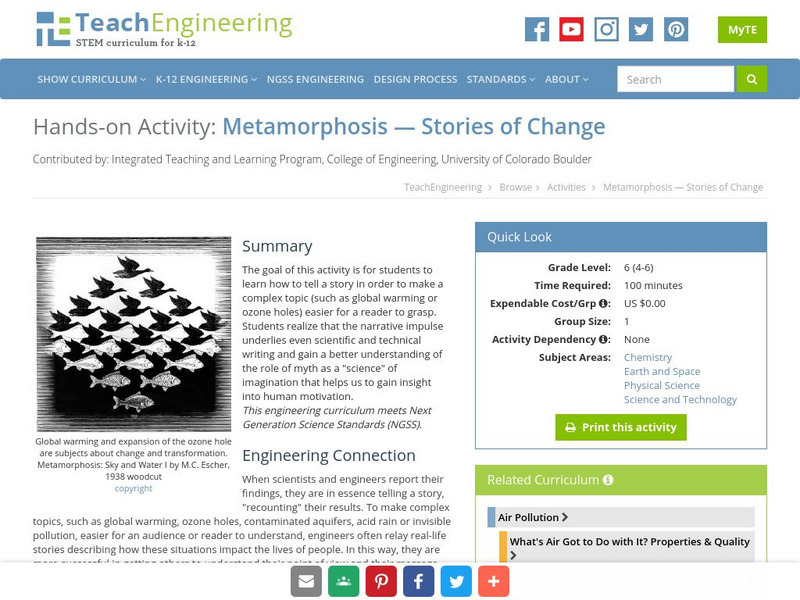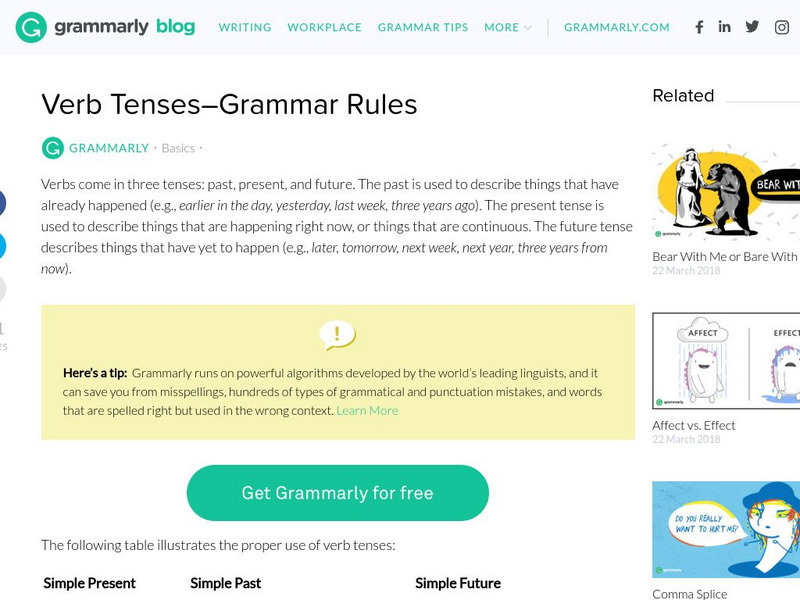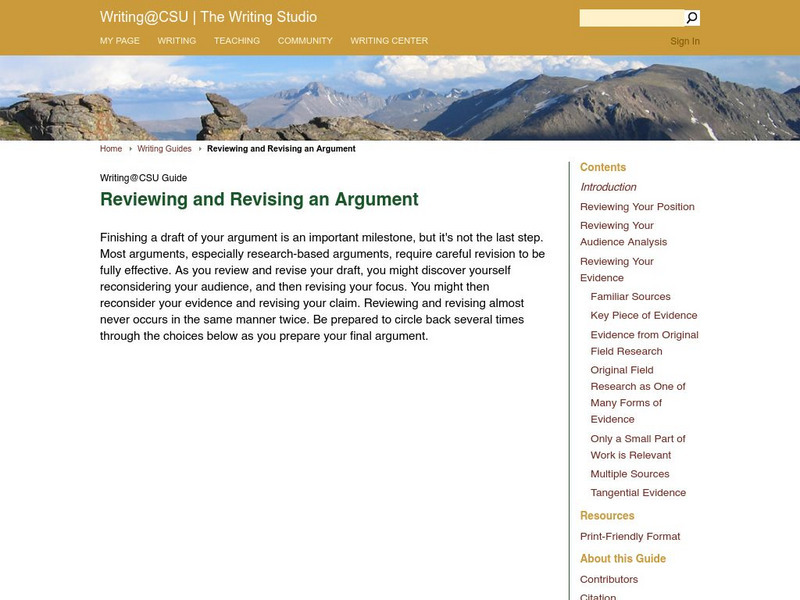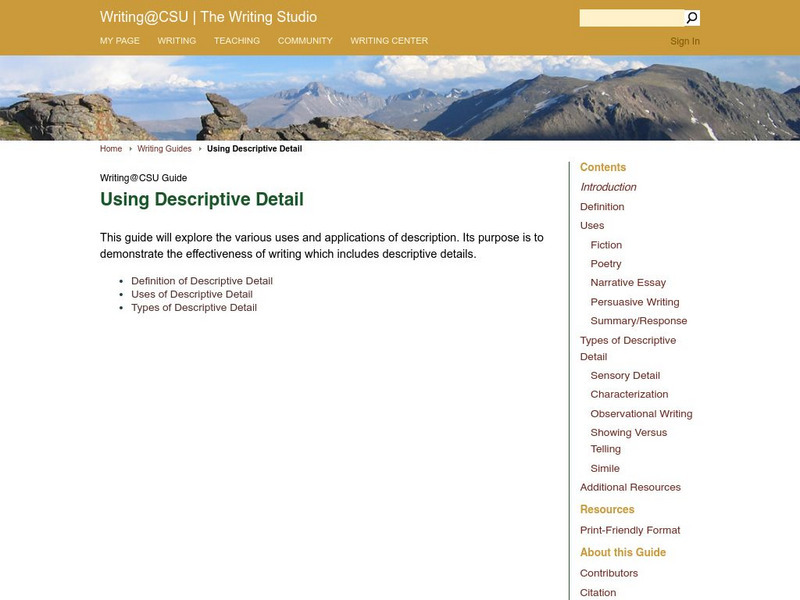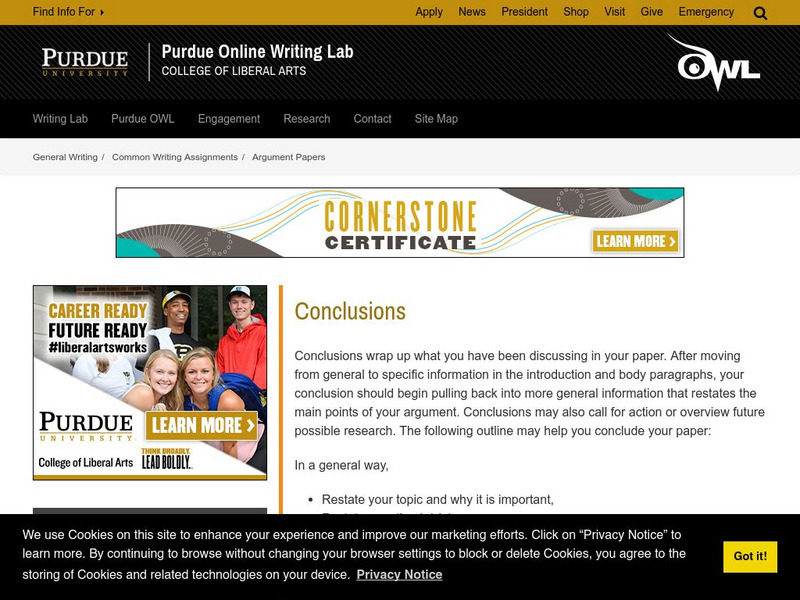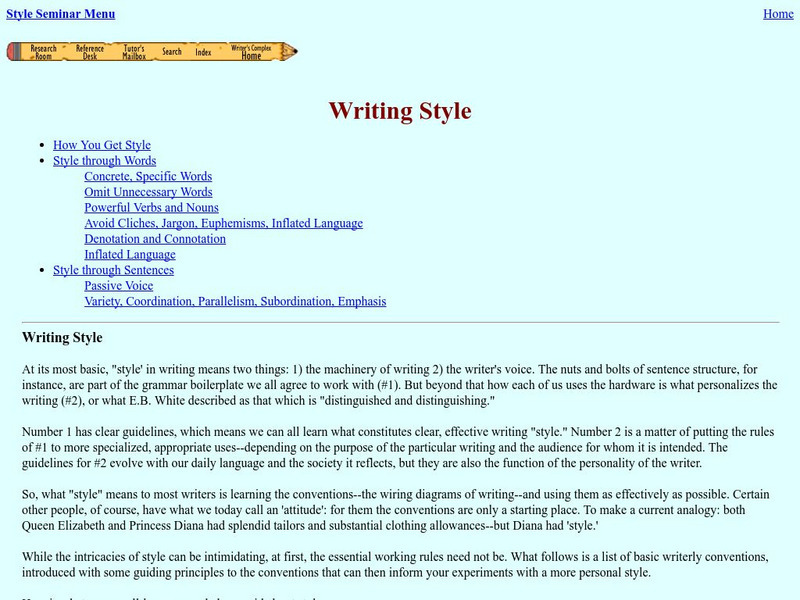TeachEngineering
Teach Engineering: Metamorphosis Stories of Change
The goal of this activity is for students to learn how to tell a story in order to make a complex topic (such as global warming or ozone holes) easier for a reader to grasp. Students realize that the narrative impulse underlies even...
Utah Education Network
Uen: It's Greek to Me!
This lesson engages students in vocabulary-building strategies related to Greek and Latin roots. Students will be given charts with Greek and Latin roots. Students will practice combining different roots to form present-day English words.
Grammarly
Grammarly Blog: Verb Tenses: Grammar Rules
This page explains the three major verb tenses: past, present, and future with examples. It also offers links to information about each of these as well as the perfect, continuous, and perfect continuous of each.
Smithsonian Institution
Smithsonian Learning Lab: Wwii on the Home Front: Civic Responsibility
Smithsonian Education presents a lesson covering the WWII's propaganda program which enforced the ideals of Civic Responsibility. Provides eight pages of poster examples, detailed background over the time period, and the goals of the...
ClassFlow
Class Flow: Context Clues
[Free Registration/Login Required] This flipchart gives students practice using context to determine the meaning of an unfamiliar word. Included are practice activities and assessment pages.
Colorado State University
Colorado State Writing Center: Reviewing and Revising an Argument
An excellent guide to help the writer review a composition to see if their position has been fully supported by evidence and to analyze the perspective of the anticipated audience. Follow the links on the right to access all of the...
Annenberg Foundation
Annenberg Learner: Literature: Describing Setting
Short explanation of setting as a literary term. Written in the context of "What makes a good short story?" A link at the bottom of the page leads to additional information about setting.
Other
Typing Club: Learn Touch Typing
Use this free, online typing program to improve typing speed and fluency. Does not require an account. A school portal is available for teachers to customize lesson plans.
Colorado State University
Colorado State Writing Center: Using Descriptive Detail
This resource explores the various types and uses of descriptions in writing. Includes in-depth information about the definition, uses, and types of descriptive detail.
Colorado State University
Colorado State Writing Center: Guide to Desktop Publishing
This resource provides information about the process of desktop publishing, including the principles of layout and design.
Annenberg Foundation
Annenberg Learner: Engaging With Literature: Workshop for Teachers, Grades 3 5
This nine-part workshop is designed so that it can be used for professional development by individuals, groups of teachers, or as a course for graduate credit. It features videos of eight elementary teachers practicing and discussing...
Online Writing Lab at Purdue University
Purdue University Owl: Conclusions
This Purdue University OWL (Online Writing Lab) provides information related to writing a research paper. This guide explains to write a conclusions section.
Other
Santa Monica College: Words Commonly Confused
This site contains a list of commonly confused words with practice activities to help in learning how to use them correctly.
Media Smarts
Media Awareness Network: Lesson Plan: How to Analyze the News [Pdf]
Lesson plan focusing on the importance of understanding how the news is a product with a specific scope, structure, slant and style at the forefront of its production.
Beacon Learning Center
Beacon Learning Center: Trailblazing Conclusions
This tutorial focuses on conclusions for expository writing. It discusses the purpose of conclusions, what should be included, and ways to conclude.
Scholastic
Scholastic: Teachers: Fluency Resources
Find a large collection of articles, teaching ideas, and assessment resources on fluency instruction and oral reading.
SUNY Empire State College
Empire State College: Writing Style Seminar
This detailed resource provides a good tutorial on writing style, whether informal or formal. It explains how to get style through word and sentence choice and includes lots of examples. W.9-10.1d & W.9-10.2e Style/tone/conv,...
Towson University
Towson University: Online Writing Support: Pronouns
This entry focuses on the kinds of pronouns including personal, relative, indefinite, demonstrative, interrogative, reflexive/intensive, and singular and plural pronouns. It provides an explanation and examples of each.
Texas Education Agency
Texas Gateway: Themes in Literary Texts (English 6 Reading)
Learn how to infer the implicit theme in a work of fiction, distinguish theme from topic, and make complex inferences using textual evidence.
CommonLit
Common Lit: Women in Ancient Rome
CommonLit.org is a wonderful resource to use in a Language Arts classroom. Each story or article is accompanied by guided reading questions, assessment questions, and discussion questions. In addition, students can click on words to see...
CommonLit
Common Lit: Dr. Martin Luther King, Jr., Changing America
CommonLit.org is a wonderful resource to use in a Language Arts classroom. Each story or article is accompanied by guided reading questions, assessment questions, and discussion questions. In addition, students can click on words to see...
CommonLit
Common Lit: Duck & Cover: School Drills During the Cold War
CommonLit.org is a wonderful resource to use in a Language Arts classroom. Each story or article is accompanied by guided reading questions, assessment questions, and discussion questions. In addition, students can click on words to see...
Texas Education Agency
Texas Gateway: Imagery and Figurative Language (Grade 6)
This lesson focuses on the use of imagery and figurative language in writing to aid understanding and create images in the mind.
Texas Education Agency
Texas Gateway: Analyze Development of Plot Through Characters in Literary Text
[Accessible by TX Educators. Free Registration/Login Required] Often characters are a driving force behind the plot. In this lesson, students will learn how complex, multilayered characters contribute to the development of a story's plot...


